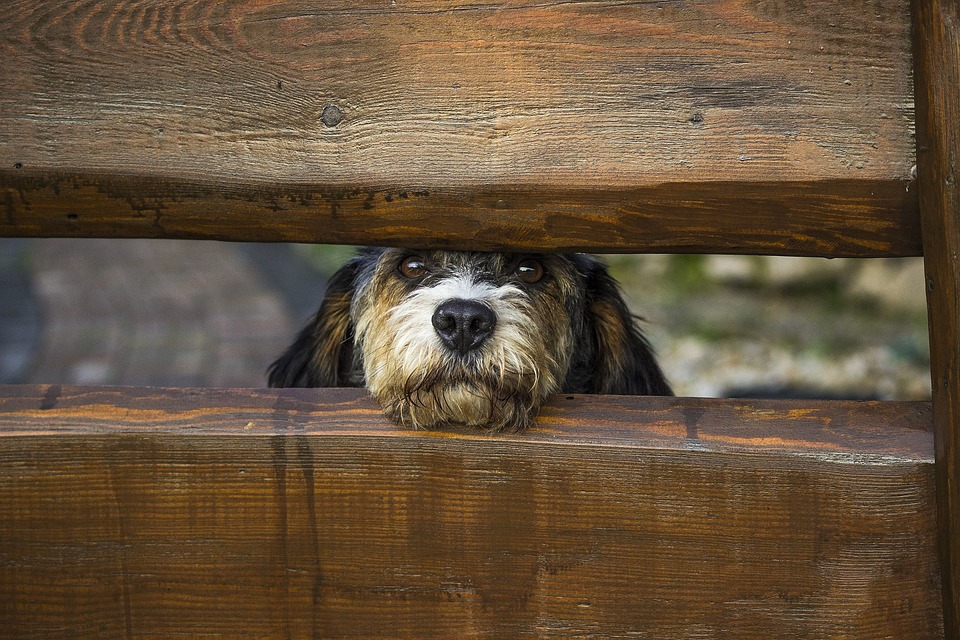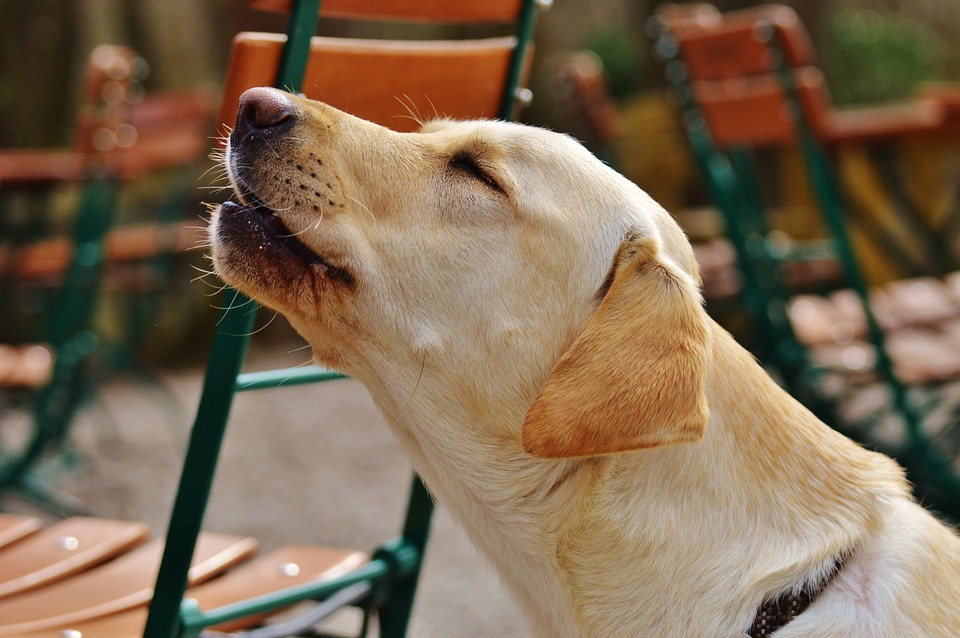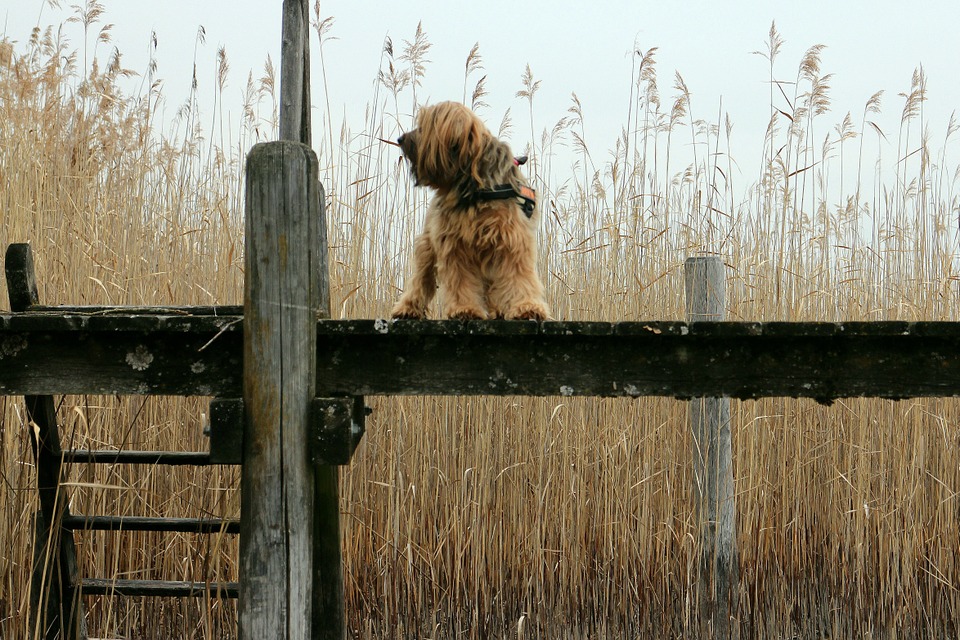Got a home remodel in mind? Installing your dream kitchen? Adding a second bathroom? These are major processes that require a lot of precautions to keep pets safe. This is because your dogs are naturally curious and also enjoy being by your side. All of this leads dogs to appoint themselves your chief assistants in the home improvement game. There are some hazards you need to be sure to avoid when you are making some home repairs. Remember that keeping your dog segregated is the easiest way to handle remodeling.
Lead Paint

Lead paint is dangerous, especially for pets. When you have a home built before 1978, you need to test for lead paint before you paint, scrape or sand. Lead paint will flake and turn to dust, which can easily be ingested by dogs on accident when they groom themselves. If your dog suddenly shows signs if uncoordination, tremors or seizures, then this may be a sign of lead poisoning. There are lead poison-testing kits available at your local hardware store. One way to handle lead paint is to simply hire a certified lead-abatement contractor to take care of it safely.
Paint and Varnishes

Modern paints, stains and varnishes are water based. This means they are safe enough not to kill anyone if ingested. If you dog happens to rub up against one of these solvents and gets it on his fur, just wash it off with soap and water. Check to see if the product is oil-based. If so, let the fur dry and then cut it off. Some paints have attractive smells for dogs, so keep them away from drying paint, lest they decide to lick it.
If you dog does get something on her, always use soap and water, and at most a mild dish detergent if you cant remove the rest. Then cut any remaining residue from their fur. Dont use turpentine, paint thinners or other industrial products to remove them – these are dangerous chemicals that may burn your dogs fur and skin.
Spackle and Glues

Spackle and glues are tempting for dogs. Spackle resembles ice cream when wet, so a dog can be tempted to take a few bites. Dogs will probably just vomit it up, but beware: since Spackle dries and hardens quickly, your dog could wind up with a gastrointestinal obstruction. If the dog cannot pass the Spackle he would need surgery. Thankfully, most Spackle is harmless chemically. Although some contain ethylene glycol, a chemical found in antifreeze, it is only present in small amounts, so your dog would have to ingest a huge quantity to have a serious reaction. Still, your best bet when confronted with a Spackle-eating dog is to take them to the vet.
Glue products include tile adhesives, polyurethane glues and spray foam, among others. These are extremely dangerous because they include isocyanates, which are compounds that are designed to expand. That means if they are ingested, they will expand in the stomach and create large foreign bodies. This will require emergency surgery, so it is essential that you take the dog to the vet immediately.
















